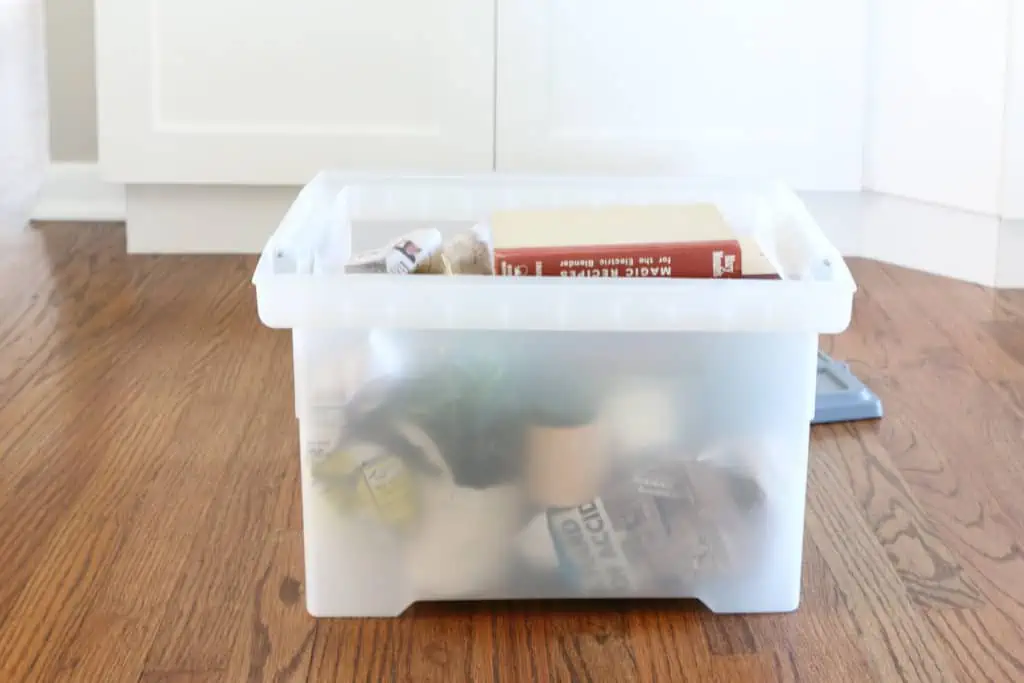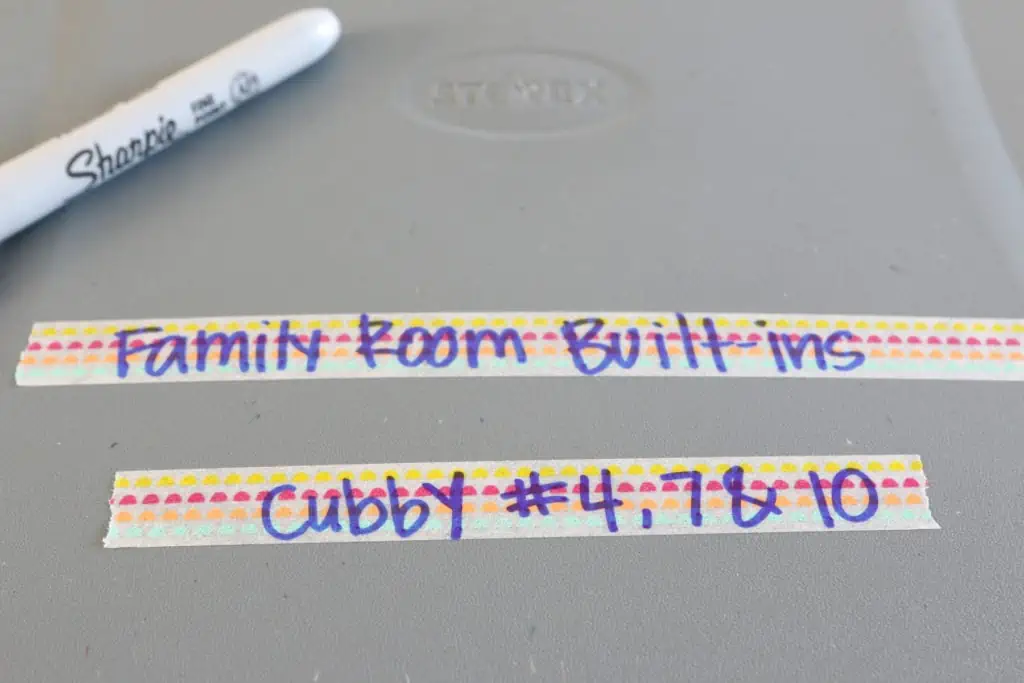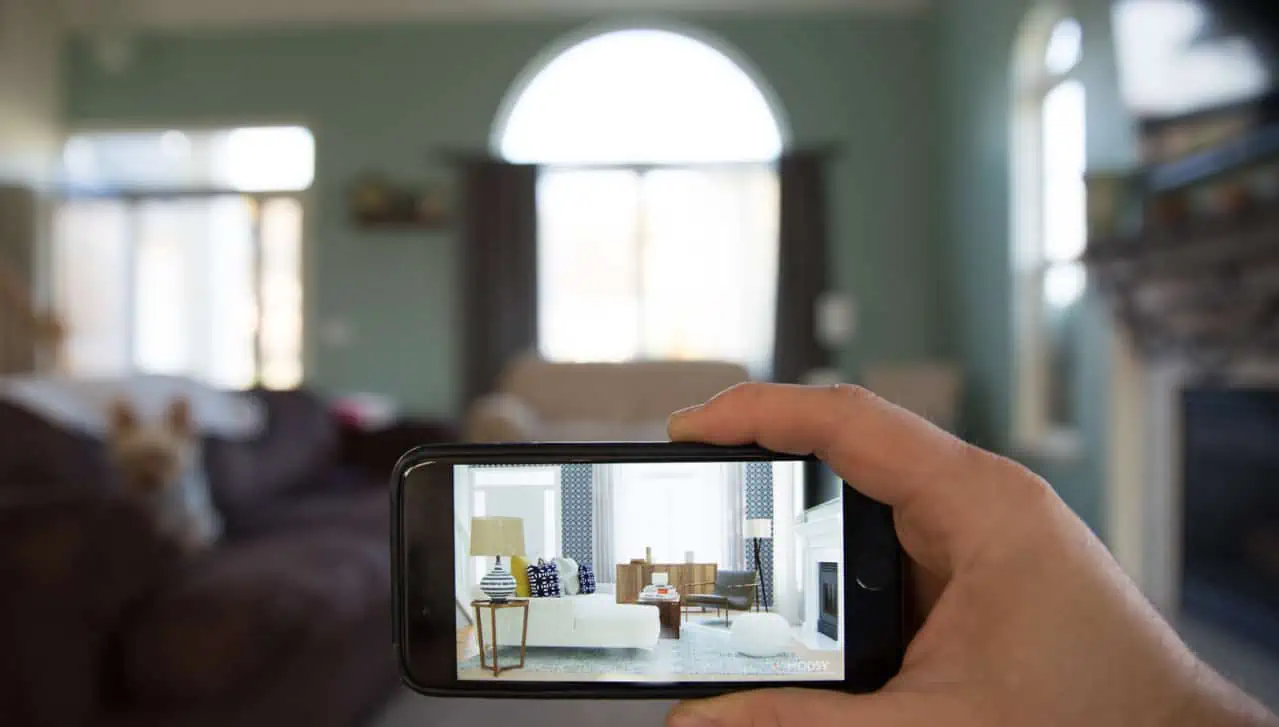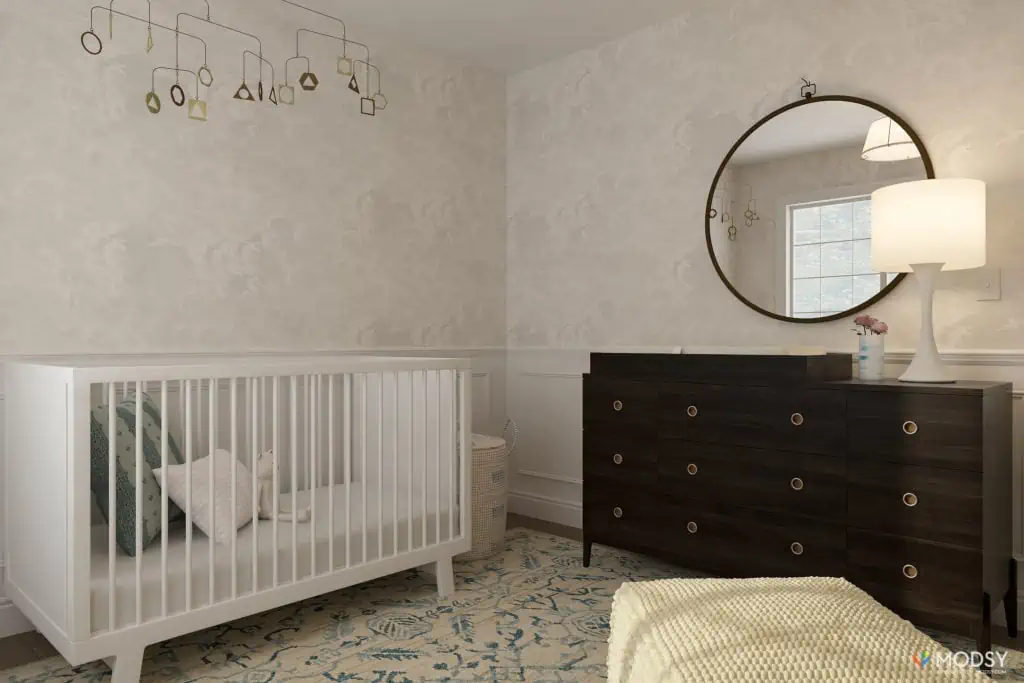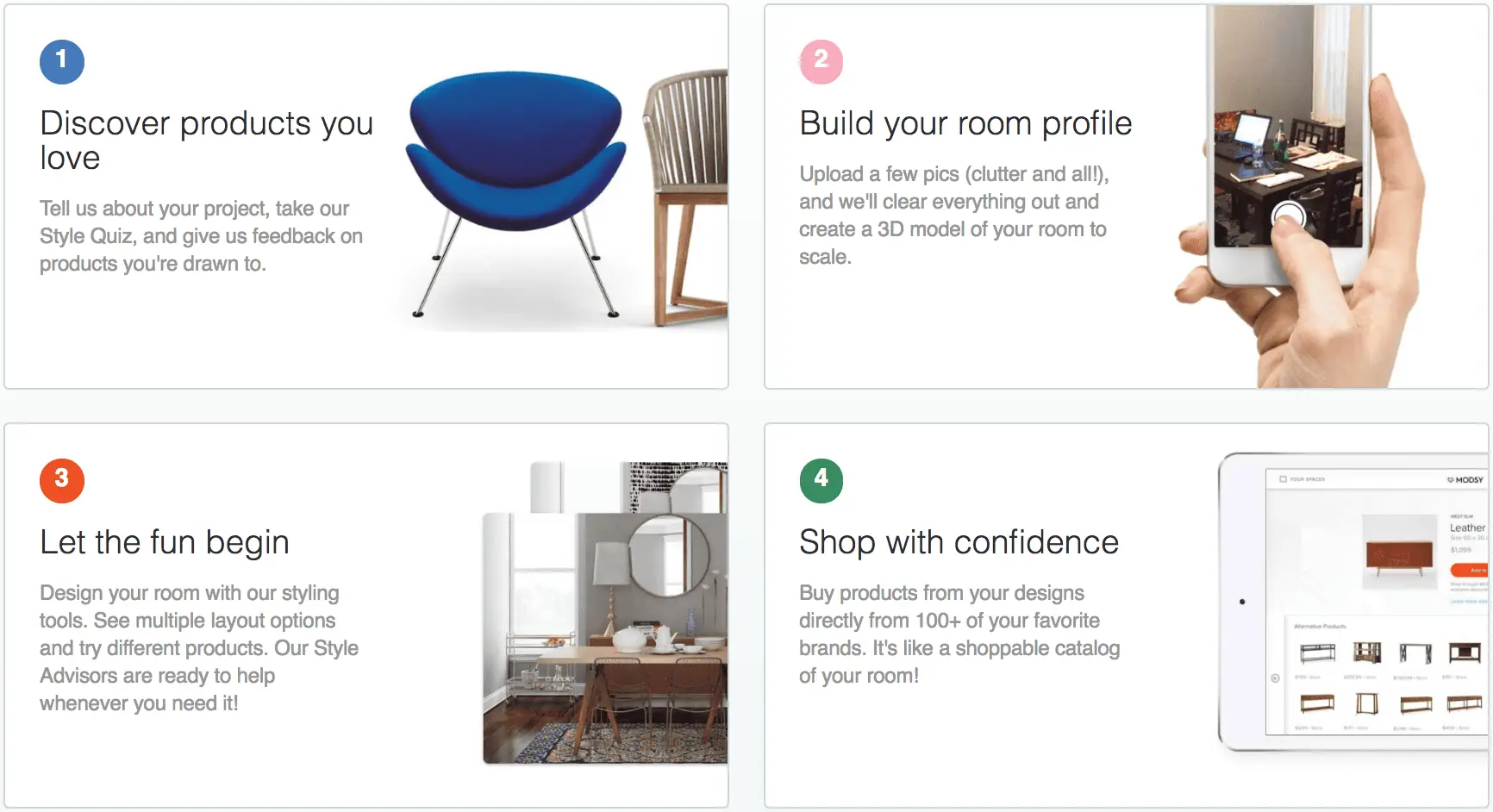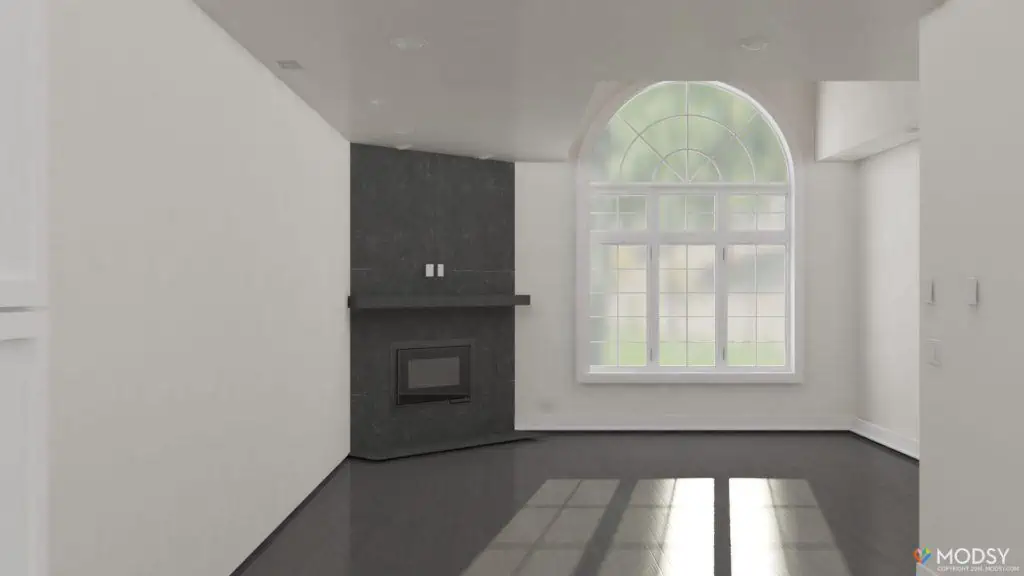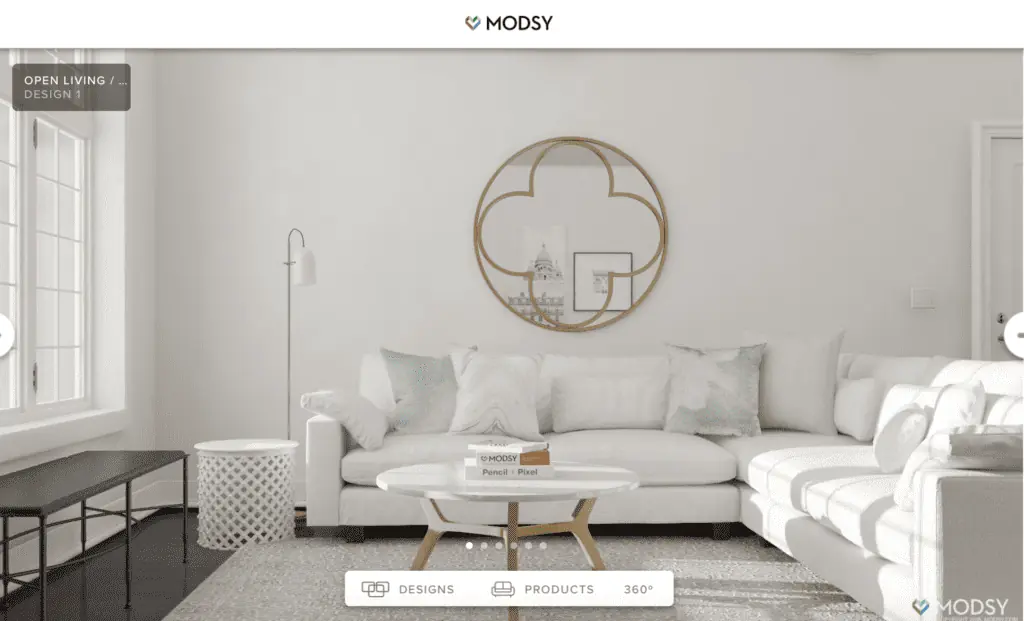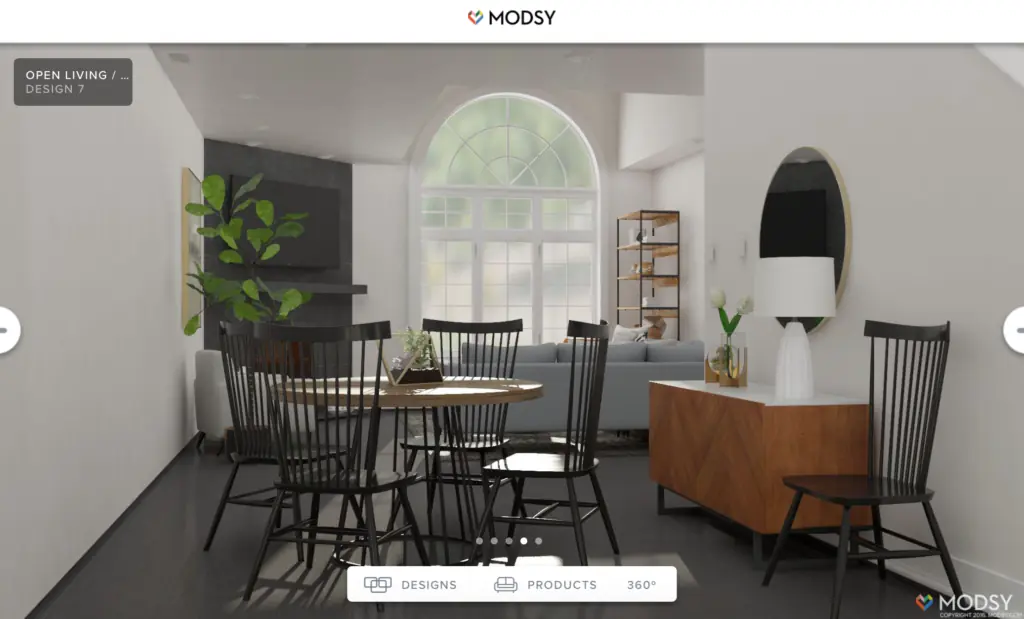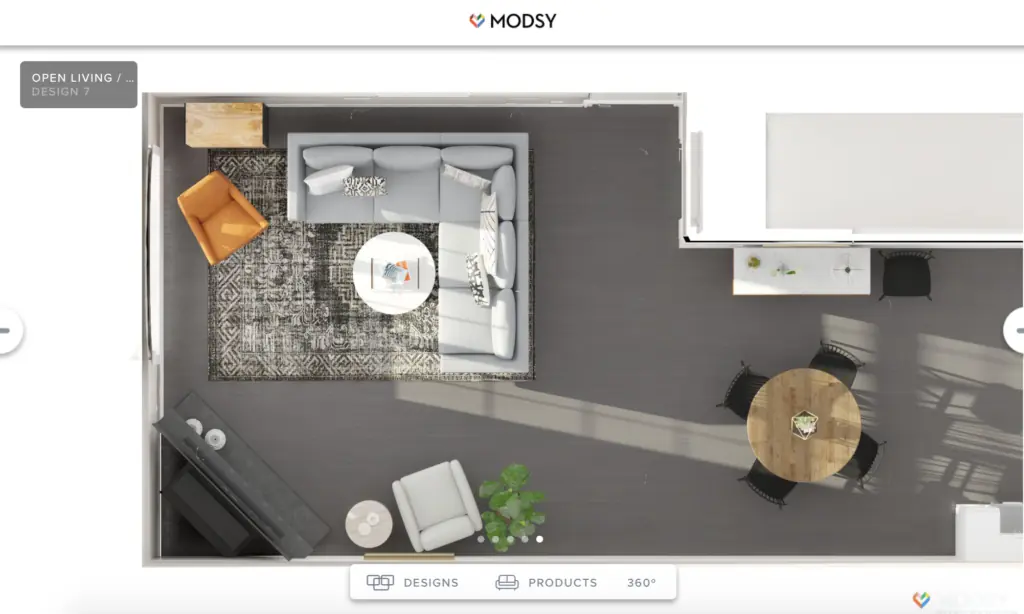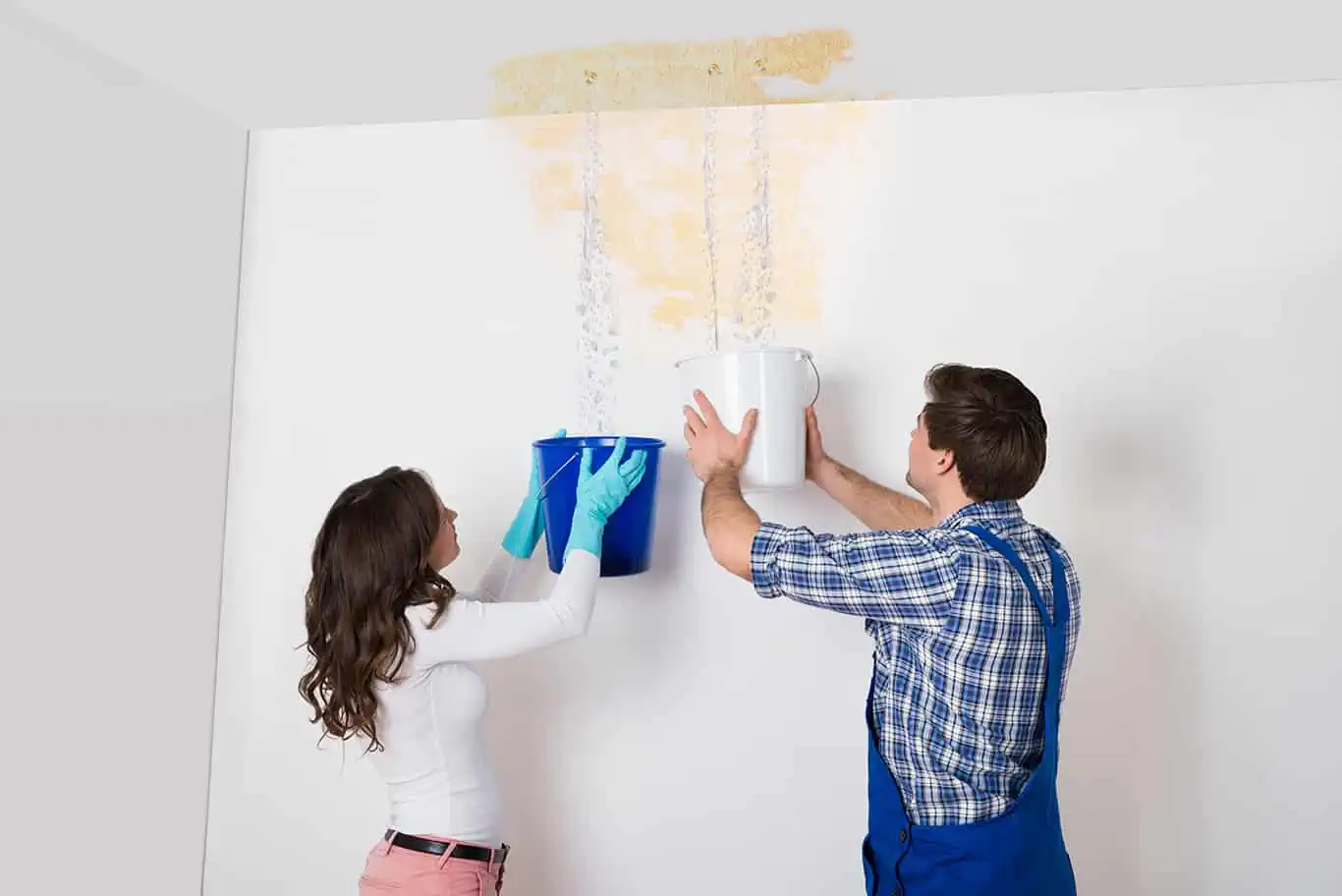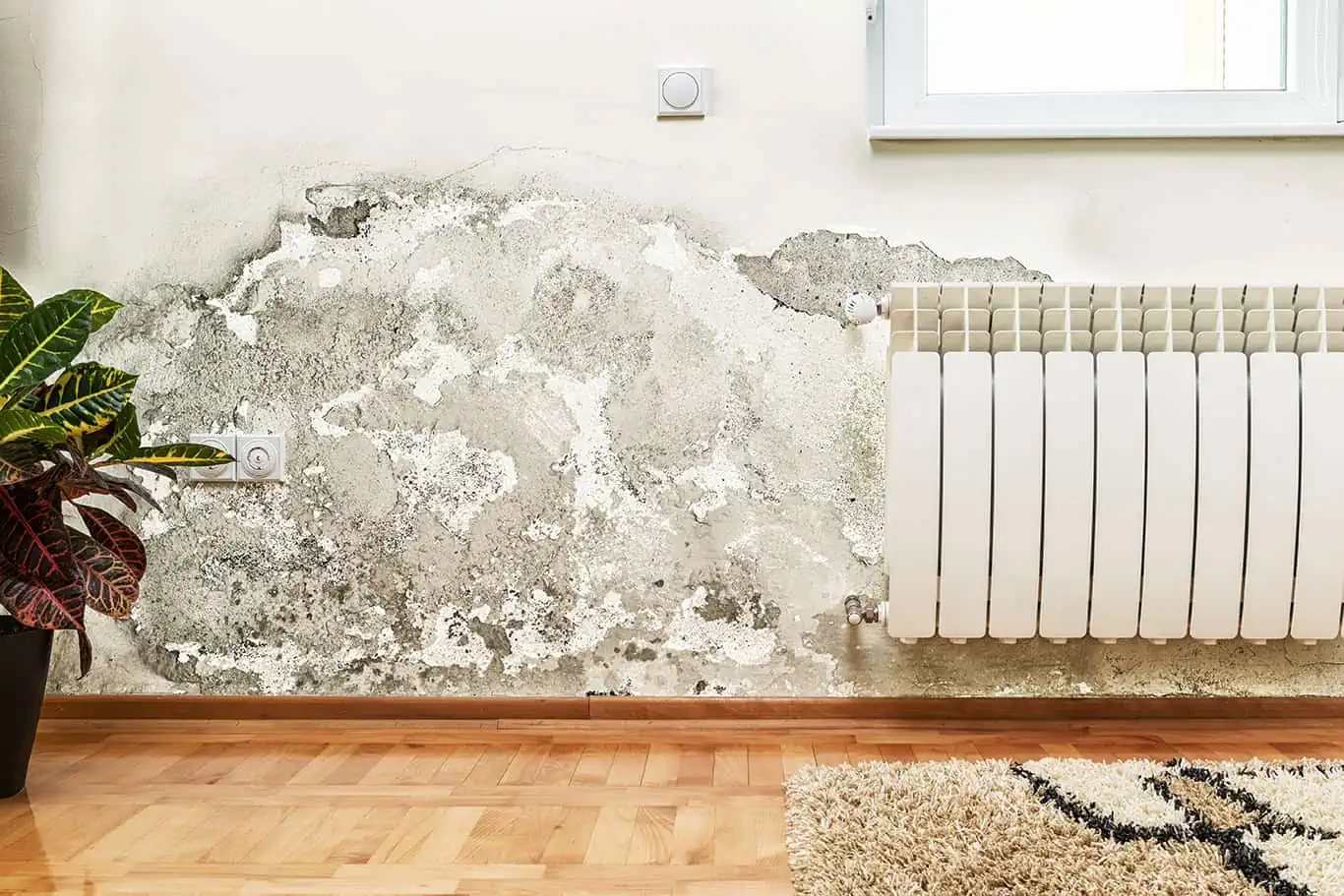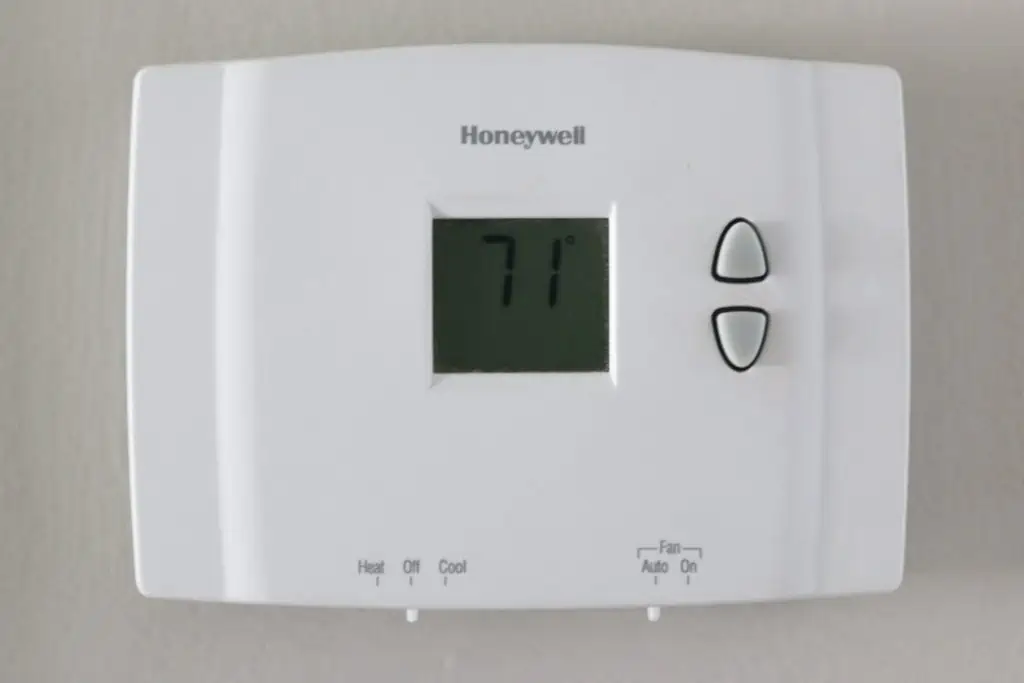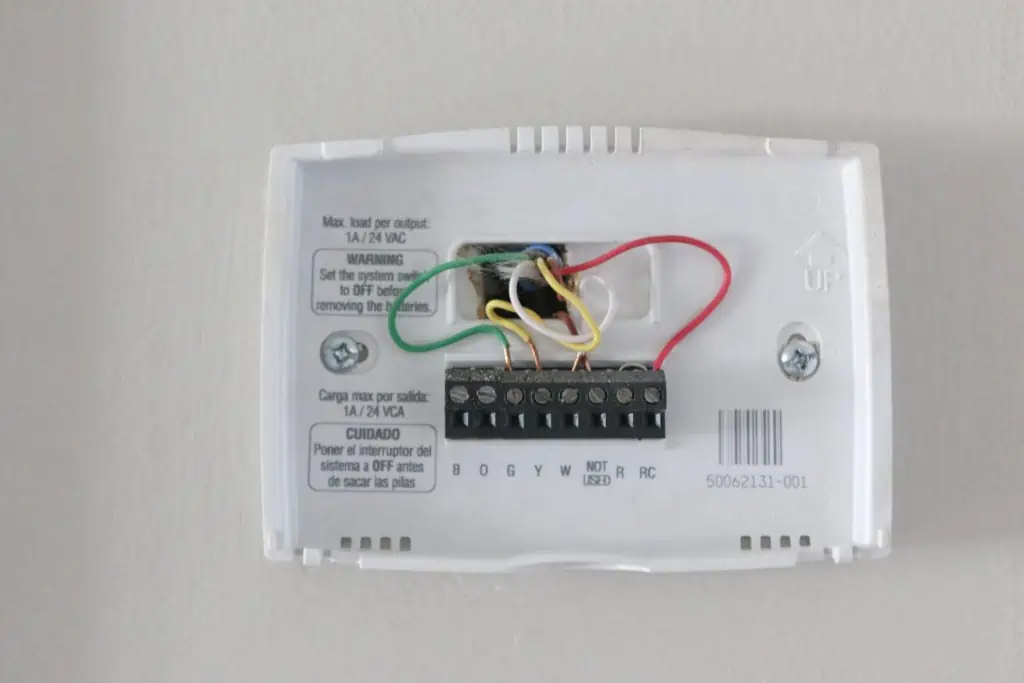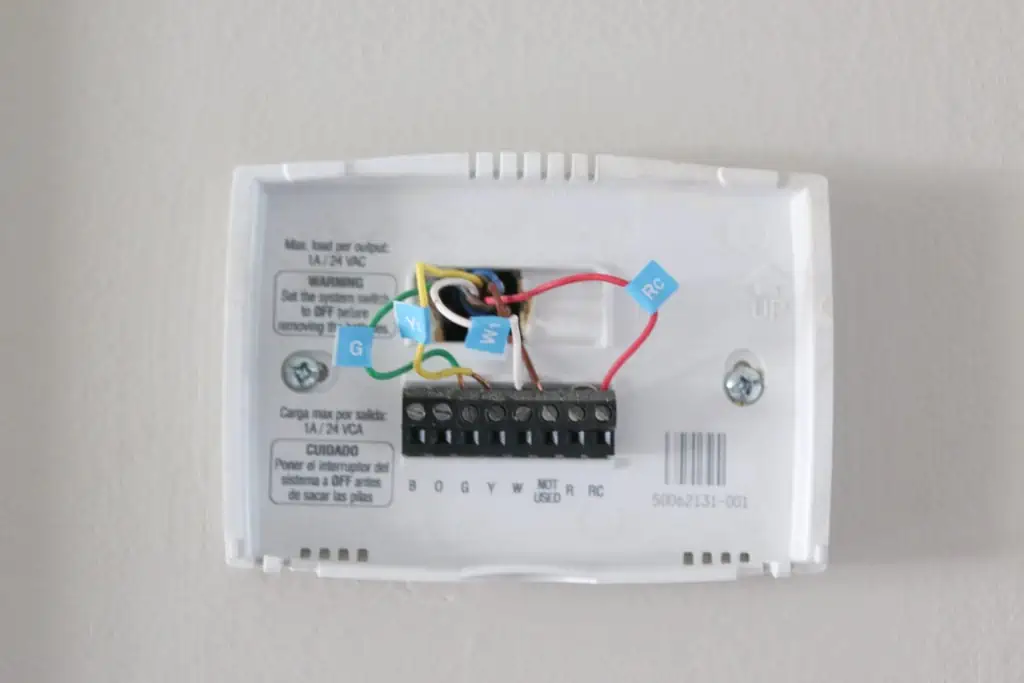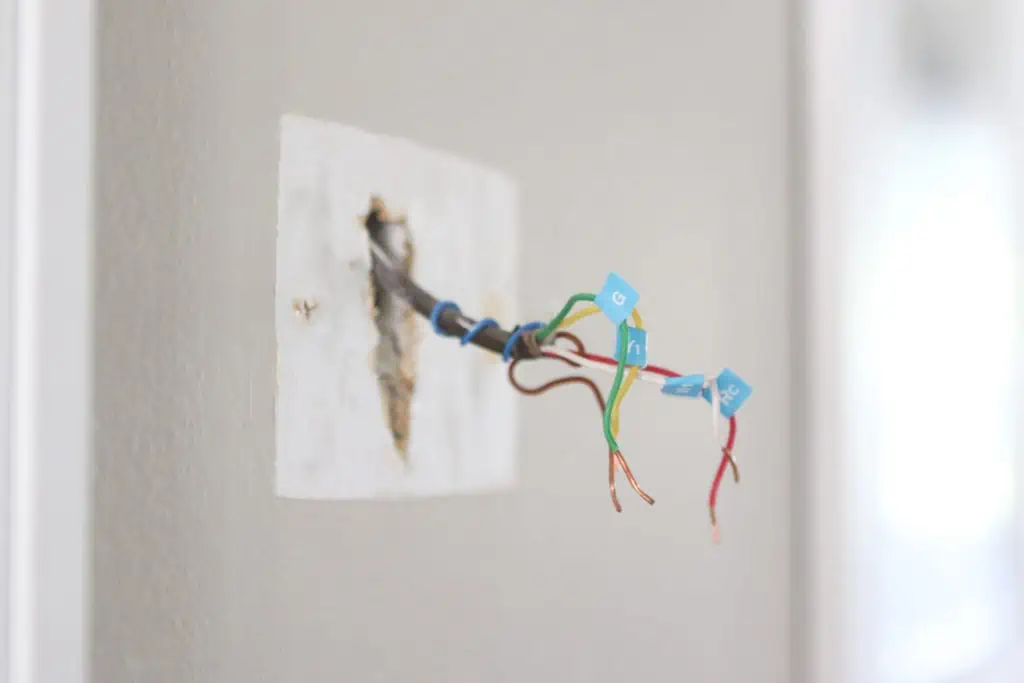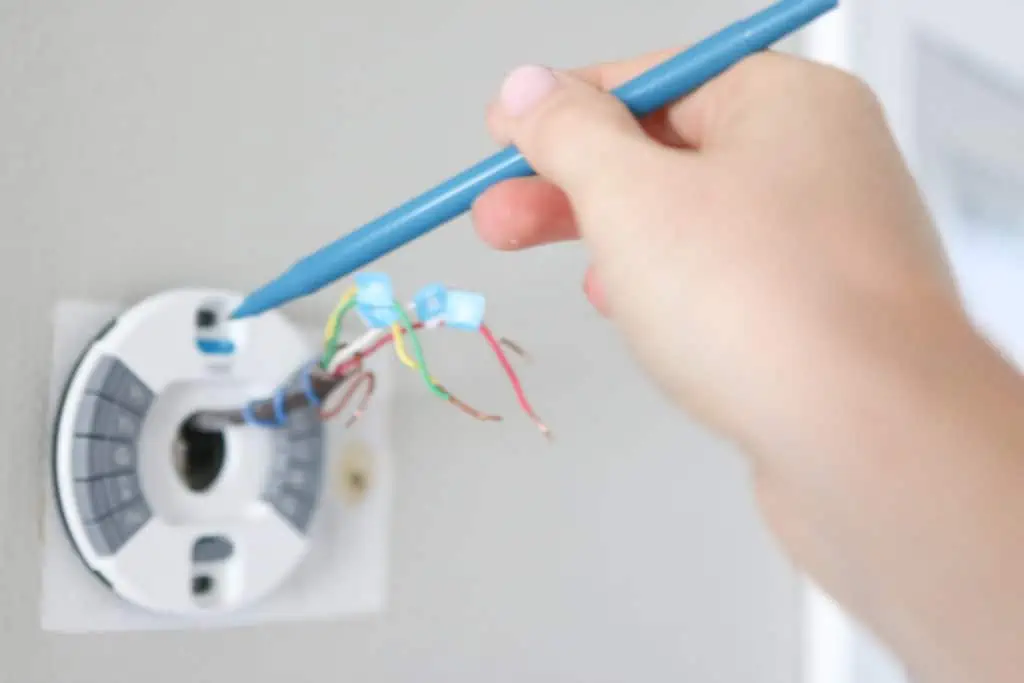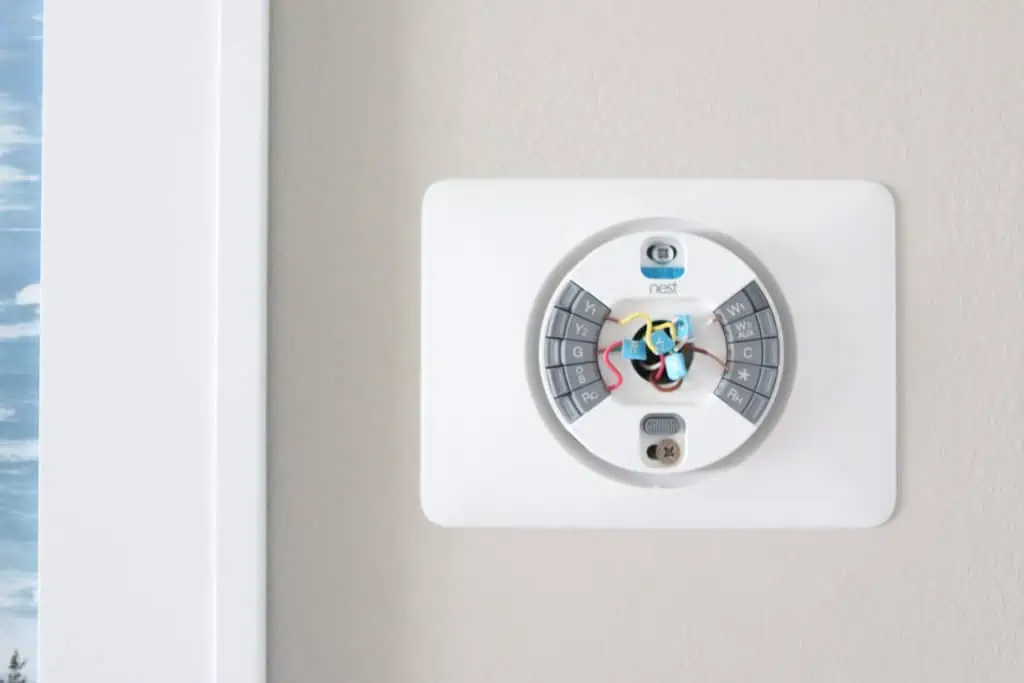Often when people move, it’s across the country or at least across the state. But for my recent move, it was just about seven blocks away! Yes, I just completed a local move. And I’m a little surprised about all the unexpected perks.
Here’s the story: My husband and I are expecting our first child and have had our eyes peeled in our “dream neighborhood” for over a year. This neighborhood came with a much better school district, a house big enough to accommodate our growing family, and a close-knit community that we were eager to join.
What We Learned
We didn’t have to be as organized.
A lot of my friends have moved across the country and in doing so, have had to really focus on their moving gameplan because it came with some serious logistics. How many days and miles do you need the moving truck for? Who will drive the moving truck and who will drive the family’s cars? What do you gotta bring on the moving truck to survive the few days en route?

Scheduling and driving a rental truck was easy-peasy.
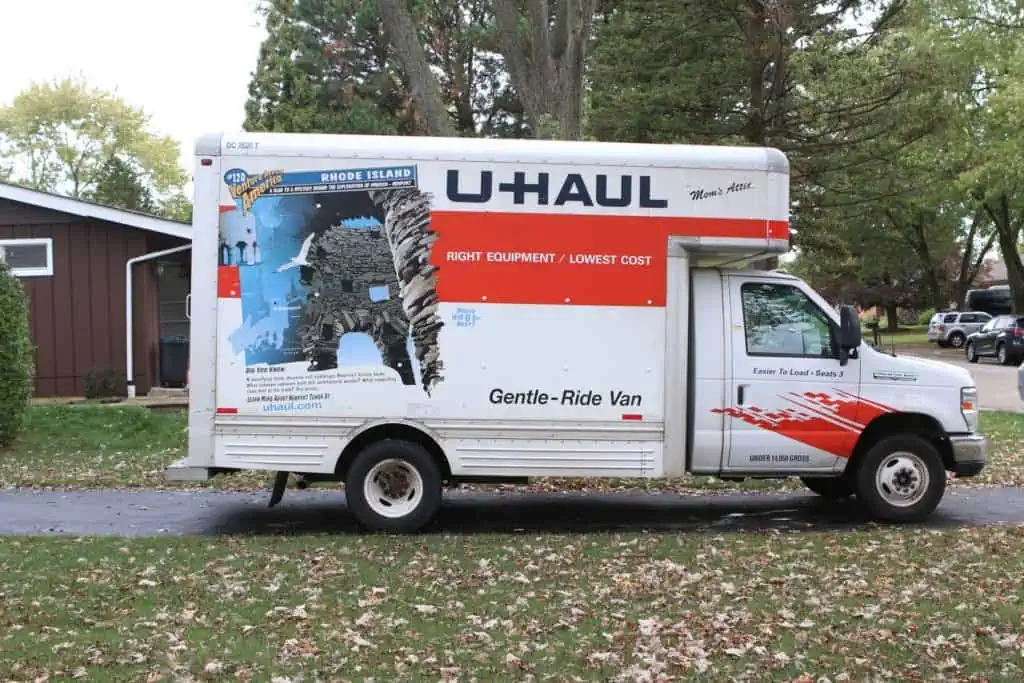
To save money, I opted for a Hybrid Move. Translation: I hired Helpers for the heavy lifting, but rented and drove the moving truck myself. Because my move was local, when I was choosing the truck I needed, my priorities were strictly around the size. Nothing else.
Here’s another thing: Often times during long-distance moves, new homeowners need to research a truck that has extra seating, valuable leg room, USB or GPS capabilities, etc. Guess what? That extra information didn’t matter so much to me as I was zipping back and forth. Plus, the rental process was a breeze because there were so many trucks available in our area that fit our minimal requirements.
4 Cases Where You Really Should Move to Save Money
If you like to burn money, don’t read this post.
Even details like where or when I needed to drop the truck off were far less complicated because I was going to pick-up and drop-off at the same location, which meant I was dealing with one salesperson the entire day. And yes, he quickly got to know me when I picked it up and was very flexible on when I brought it back. Repition is nice.
My neighbors were a huge resource.

When we moved into our new house, we needed an extension ladder to get up on the roof right away. The homeowner before us left several decorative ornamental pieces on the siding around our home and I couldn’t stand to look at these eyesores another day! You’re probably laughing at me, but seriously, a missing extension ladder was the only thing holding me back.

Sure, we could have purchased one, but they’re expensive (like almost $200!) and it would’ve taken up quite a bit of non-existent room in our limited garage space.
Potential financial overlaps pay off … big time!

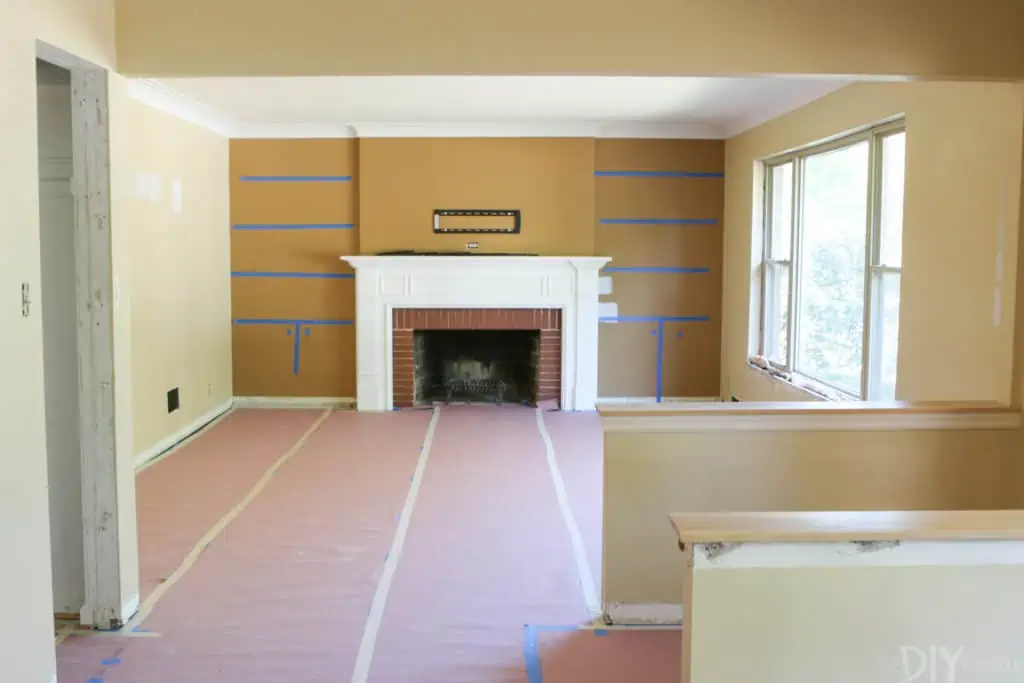
And speaking of all my “stuff”, after the DIY dust settled, we started bringing over the light-weight boxes to our new home. Anytime we would drive to the new house, we would fill up our cars with a few boxes and before we knew it, a lot of our stuff was already there and it wasn’t even moving day yet!
I can’t stress enough how much time, money and stress we were able to save thanks to this overlapping, local ownership.
We leisurely unpacked our wardrobes, bathroom essentials, and entire kitchen before moving day. When moving day finally arrived, we needed to hire the minimal amount of Helpers, then, the entire job was done in two hours! Plus, the unpacking process was a lot less stressful because nothing needed to be unpacked immediately since the closets, bathrooms and kitchens were already done.
With the help of the movers, moving day turned out to be relaxing (yes, that’s a thing!) … a welcome perk I definitely didn’t see coming.
The transition of utilities was seamless.
When we called about canceling some of our monthly utilities, some of the companies quoted us a cancellation fee because we would be ending our contract. But much to our surprise, a lot of these cancellation fees were waived if we had these services transferred over to our new house instead. We obviously opted for that option, which made the transition pretty seamless and much more affordable.
It also made paying our bills a whole heck of lot less time-consuming because we didn’t have to set up new automatic pay accounts through our bank for all of these new utility companies. So we could continue making payments and the utilities continued just like usual. It was definitely a win-win!
All our food stayed fresh.

Another unexpected perk was not as significant as the previous ones, but one I still appreciated!
In a long distance move, transferring your frozen or refrigerated food is another task that needs some pre-planning and an exact game plan. Groceries are far too expensive to let them go to waste because of poor planning. But in my local move, none of this pre-planning was necessary. No cooler (or planning) necessary! I don’t know about you guys, but I could get used to this trend of not having to pre-plan during a move!
The DIY Playbook are Bridget and Casey, two crafty bloggers writing out of Chicago about cool DIY projects, lifehacks and money saving techniques. After 15 years of blogging, they believe that if they can figure out how to DIY it, you can definitely do it too.

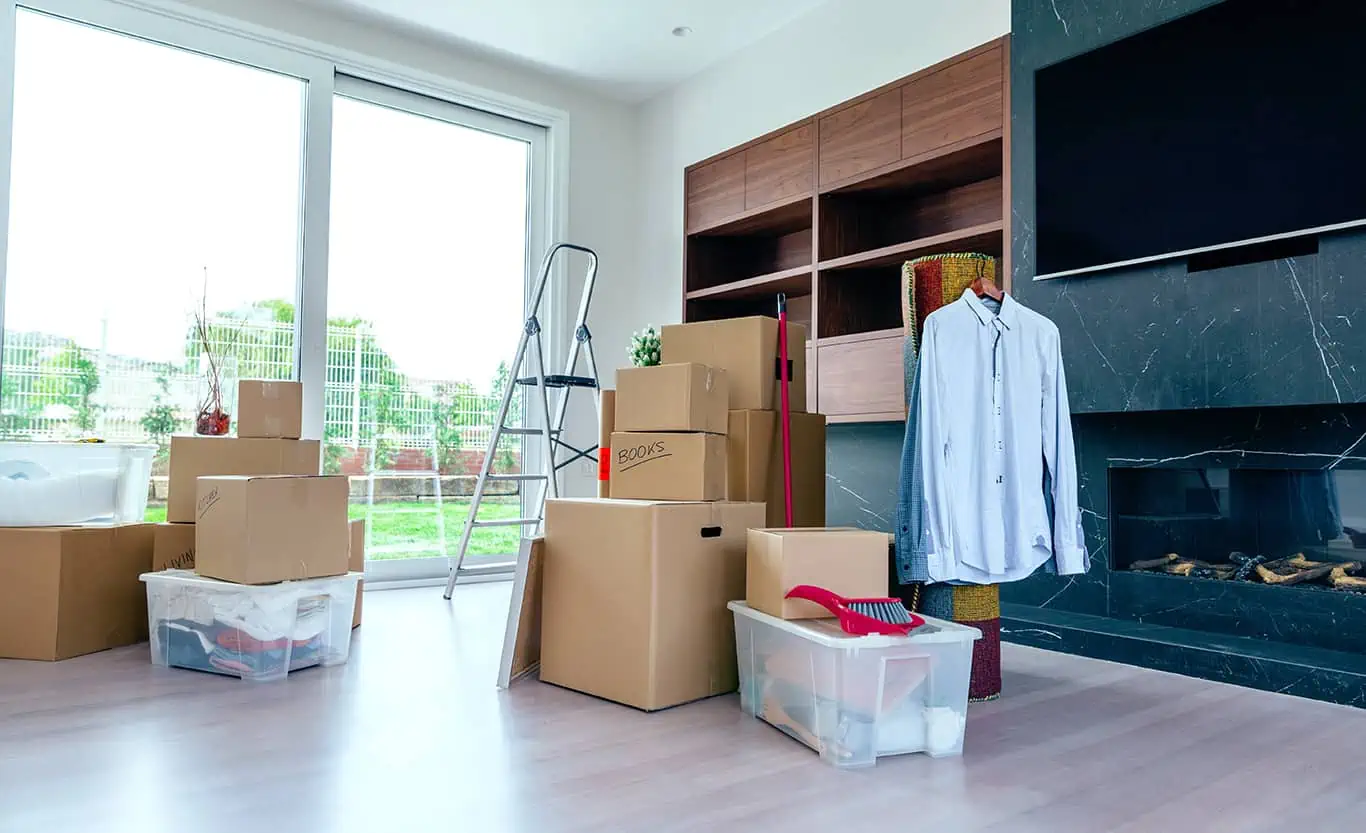


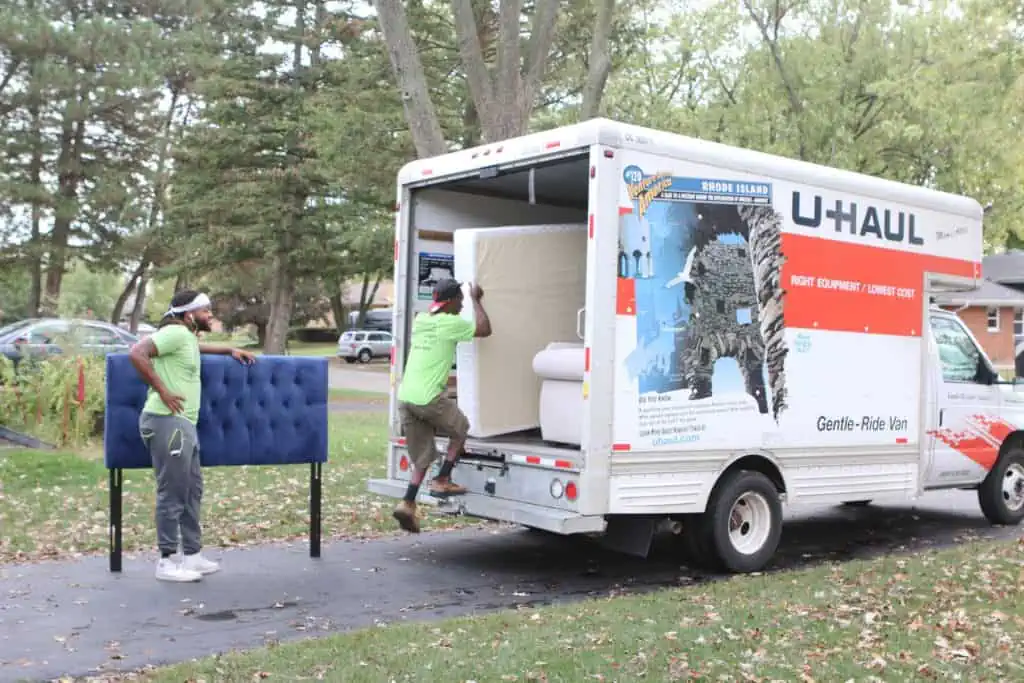
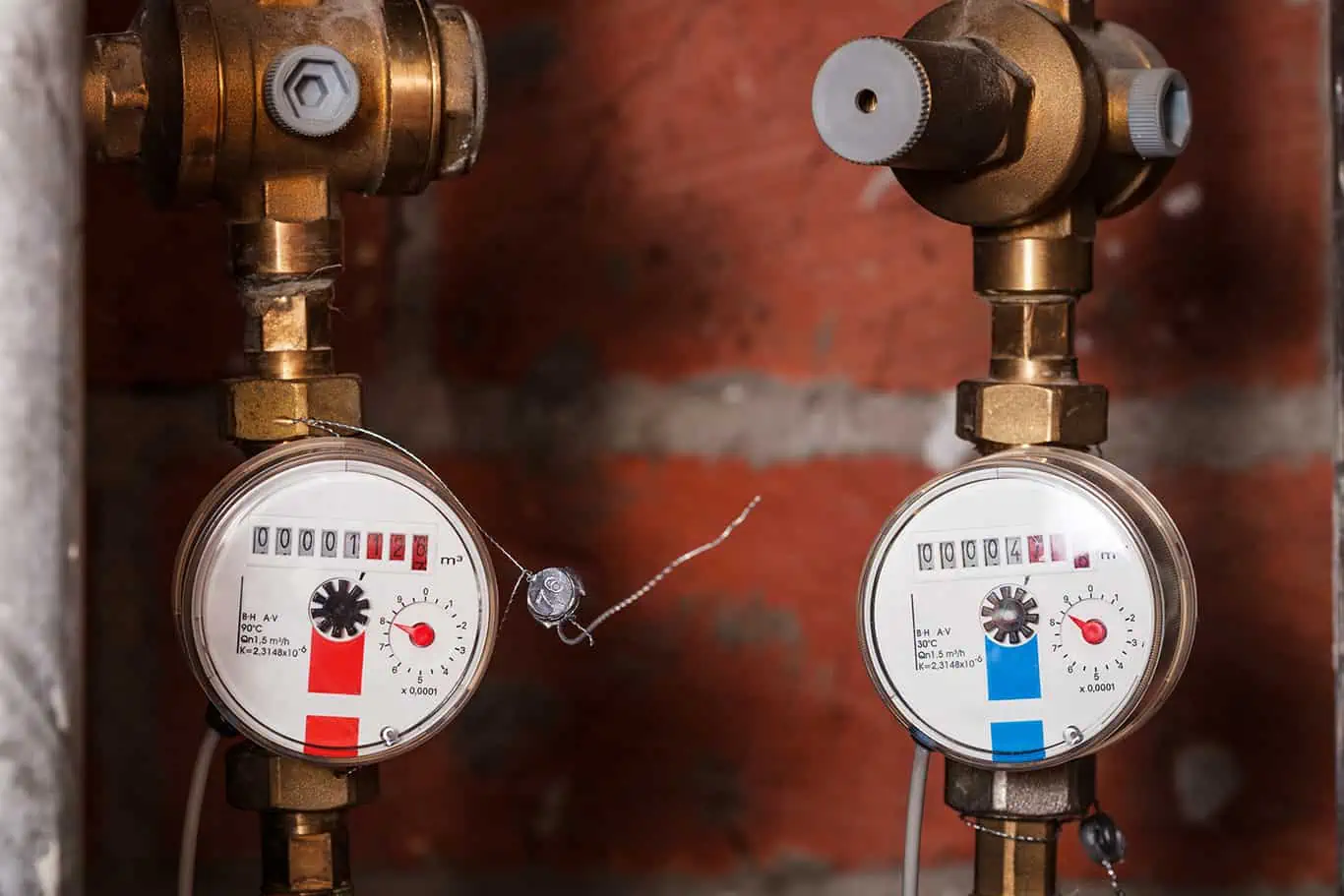
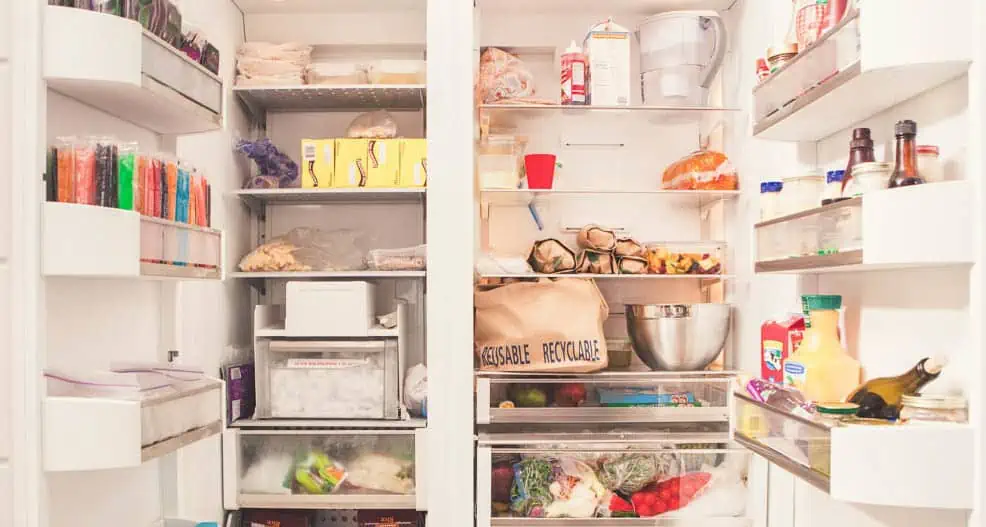



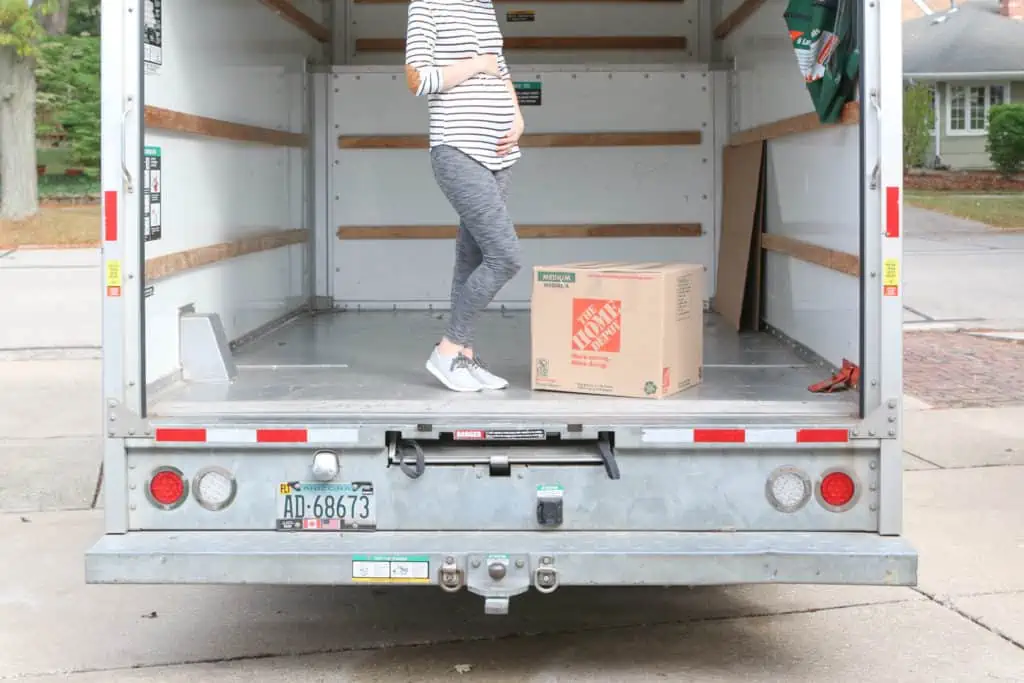
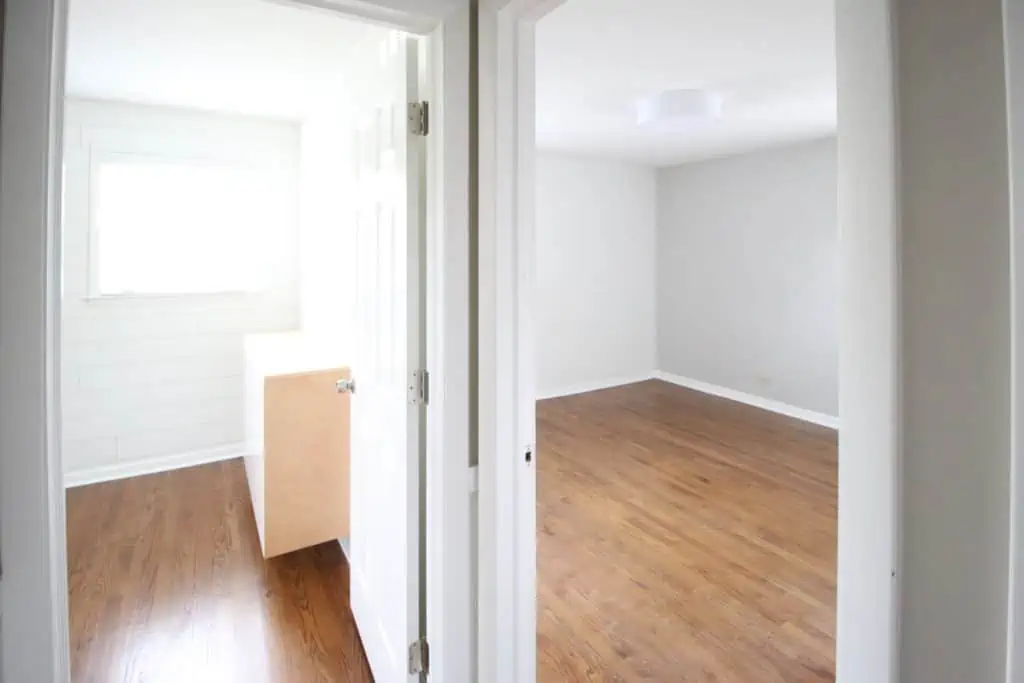
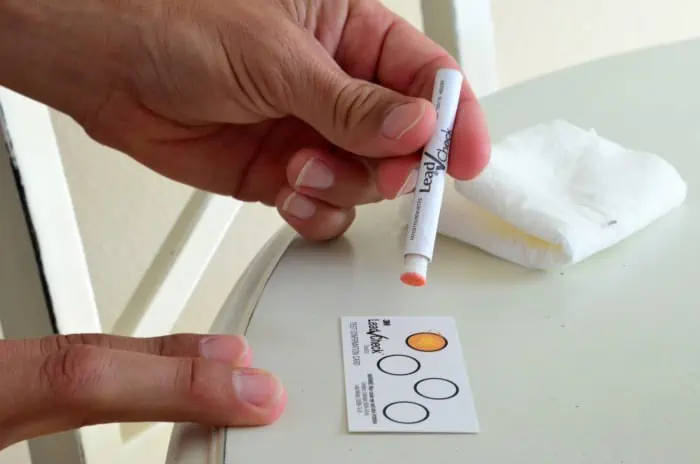
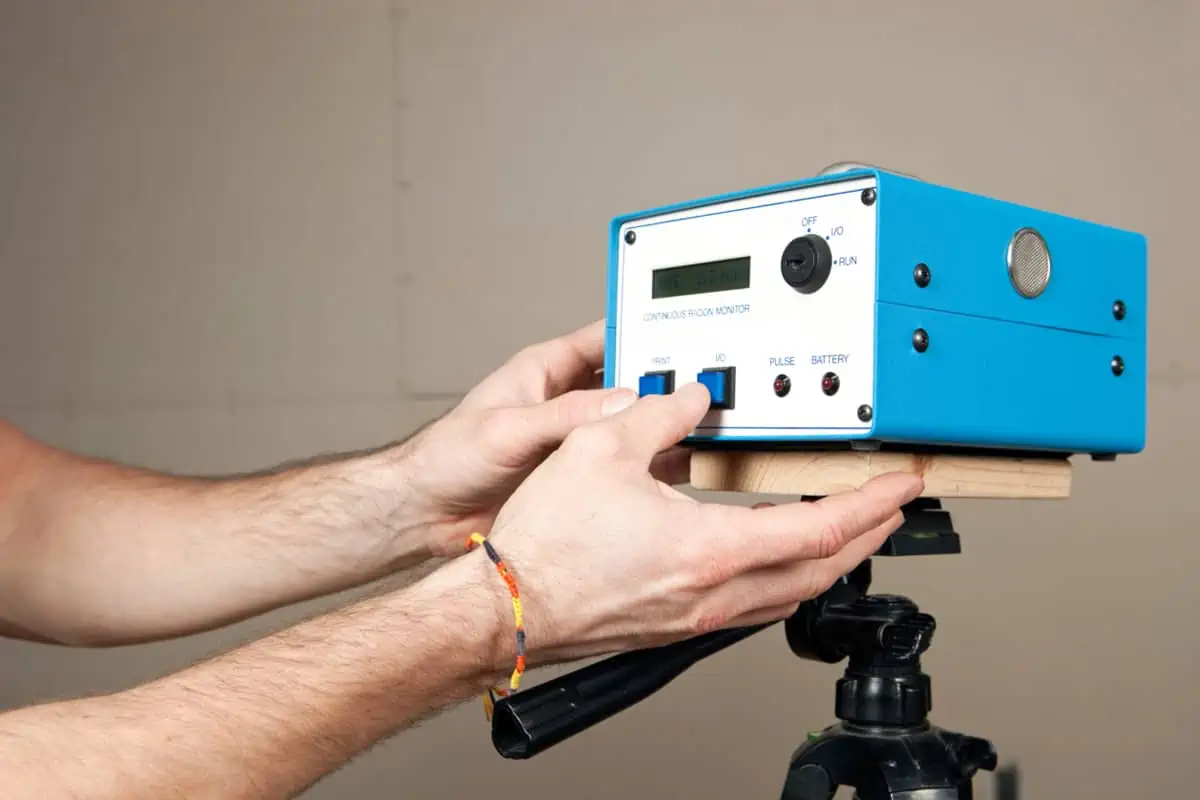




 A quality home inspection will cost you, the homebuyer, about $250-$400 depending on the size of the home. As much as these unexpected expenses seem endless during the moving process, this is one expense you do not want to skip. Hiring a quality inspector can make such a significant difference to highlight the good, bad and potentially dangerous components of your new home. You want to make sure you hire an inspector who is licensed and knowledgeable … even if that costs a few extra bucks. This tiny investment can save you thousands of dollars (and a lot of heartache) in the long run.
A quality home inspection will cost you, the homebuyer, about $250-$400 depending on the size of the home. As much as these unexpected expenses seem endless during the moving process, this is one expense you do not want to skip. Hiring a quality inspector can make such a significant difference to highlight the good, bad and potentially dangerous components of your new home. You want to make sure you hire an inspector who is licensed and knowledgeable … even if that costs a few extra bucks. This tiny investment can save you thousands of dollars (and a lot of heartache) in the long run.




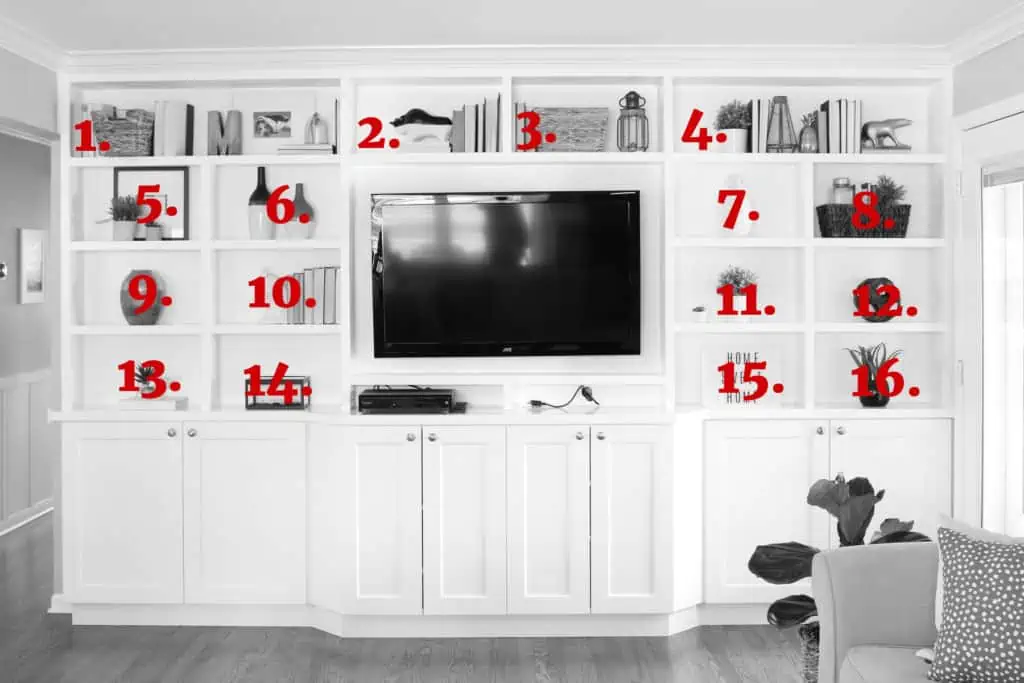 The first thing you have to do is create a numbering system for your shelving unit. You can use any method you want and don’t need to make a fancy graphic like this, you just have to make sure you remember which shelf corresponds with what number. Some may be able to easily memorize the number system, but if you’re not confident in your ability to do that, you can always put a piece of painter’s tape on each shelf with the corresponding number so you remember. This trick will take about 1 minute and won’t damage the shelving unit at all.
The first thing you have to do is create a numbering system for your shelving unit. You can use any method you want and don’t need to make a fancy graphic like this, you just have to make sure you remember which shelf corresponds with what number. Some may be able to easily memorize the number system, but if you’re not confident in your ability to do that, you can always put a piece of painter’s tape on each shelf with the corresponding number so you remember. This trick will take about 1 minute and won’t damage the shelving unit at all.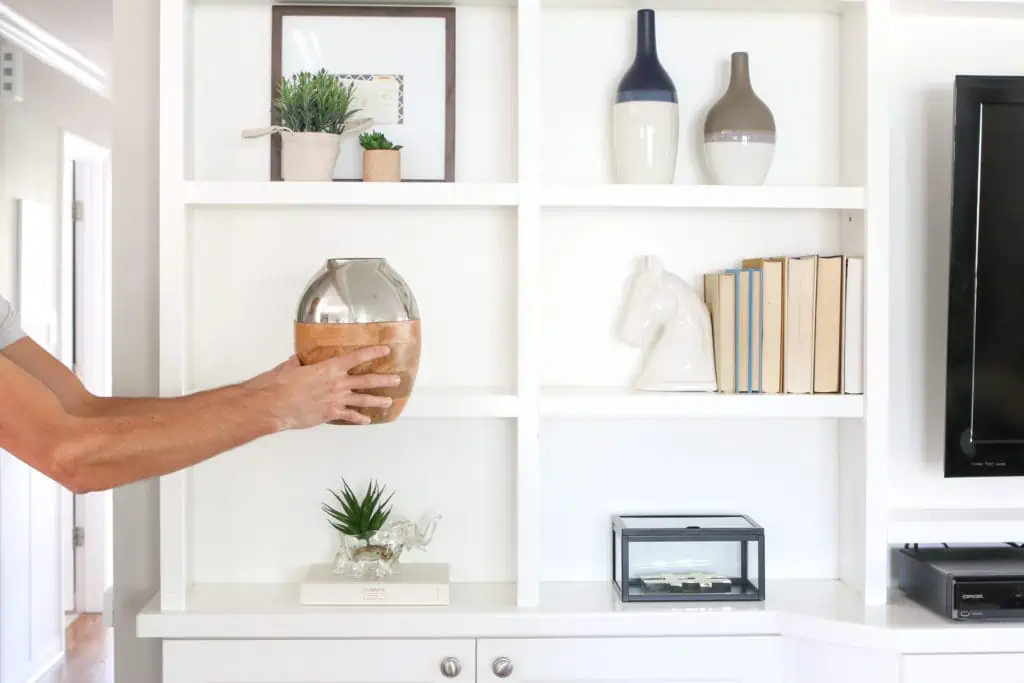
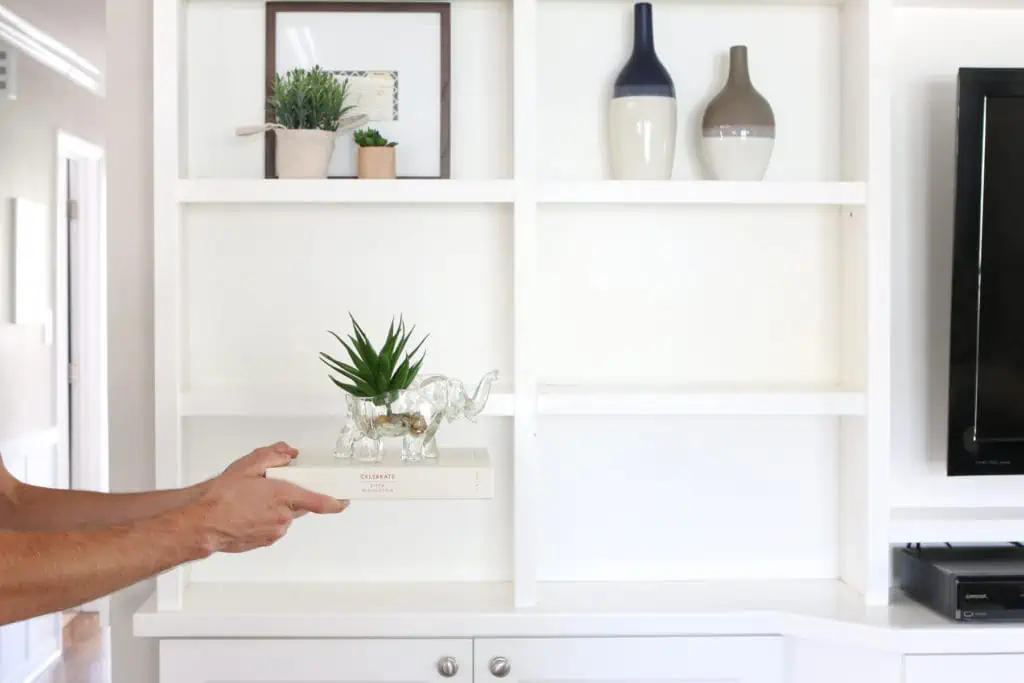

 Carefully wrap and box the items like you would normally do, but try to keep as many of each shelf’s contents together in one box. For example, the grouping of books, the picture frame and planter in box #4 should all make their way into the same moving box.
Carefully wrap and box the items like you would normally do, but try to keep as many of each shelf’s contents together in one box. For example, the grouping of books, the picture frame and planter in box #4 should all make their way into the same moving box.